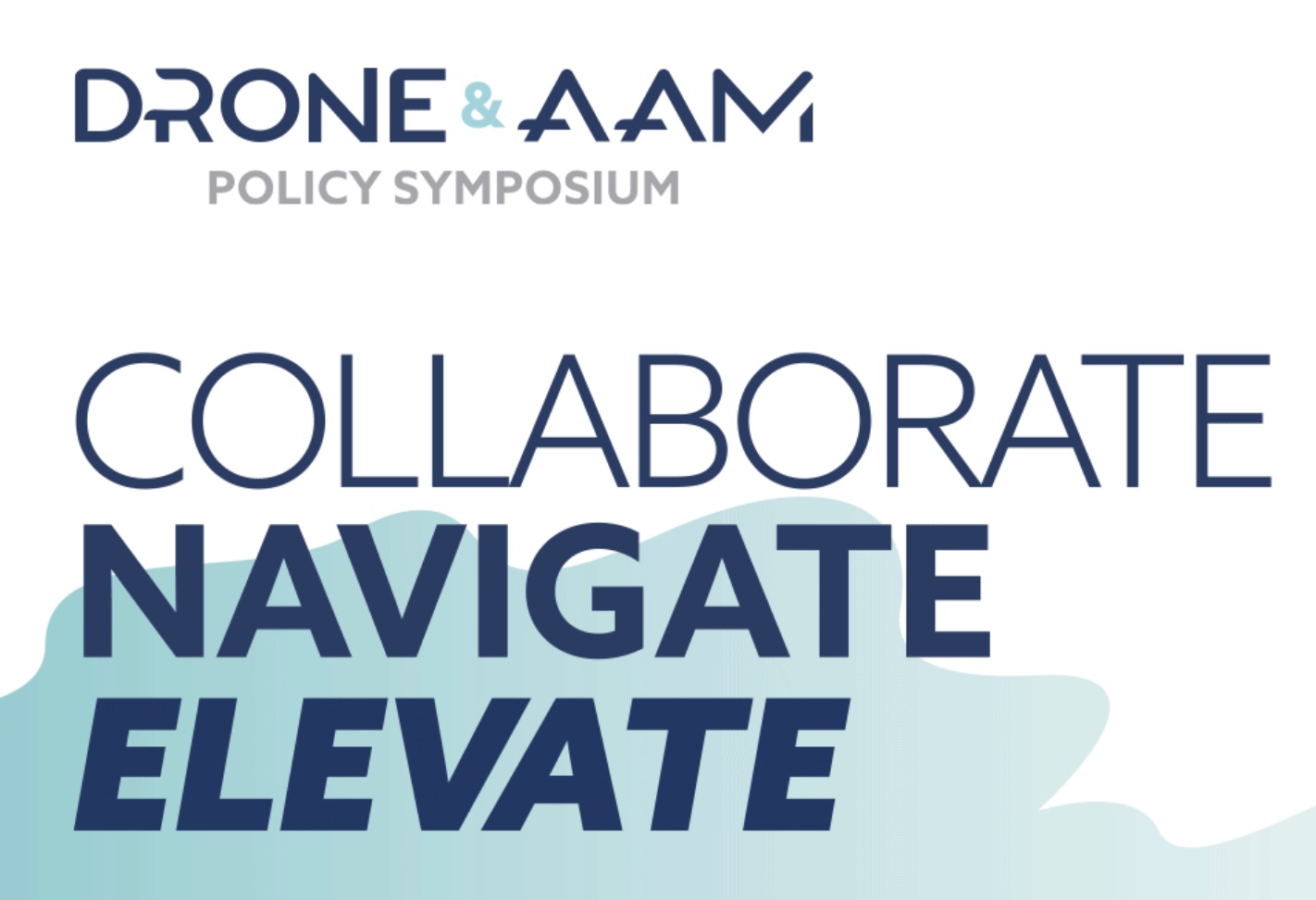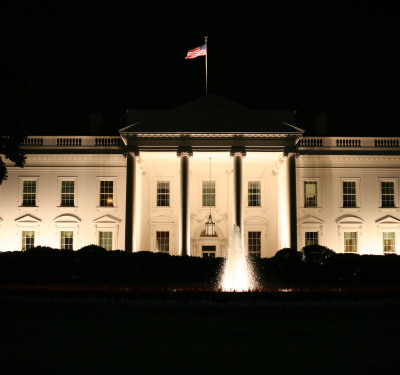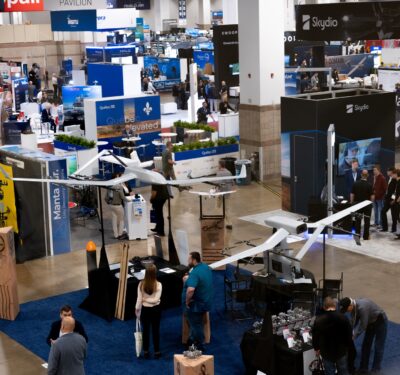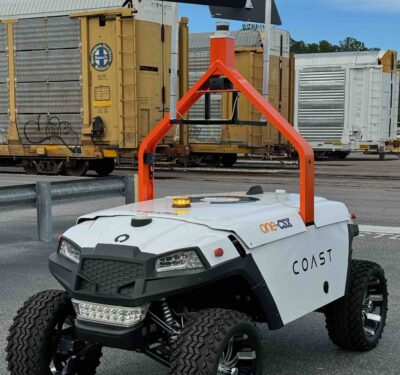With BVLOS rules, executive orders, and airspace security top of mind, the DC gathering brings regulators and innovators under one roof for high-impact collaboration.

As the drone and advanced air mobility (AAM) industries prepare for one of their most consequential transitions, the 2025 Drone and AAM Policy Symposium—set for July 29–30 at Nationals Park in Washington, DC—couldn’t come at a more pivotal time.
With long-anticipated FAA rulemakings such as Part 108 for BVLOS operations poised to move forward, and sweeping new White House executive orders accelerating secure drone integration and interagency coordination, the industry finds itself at a moment of alignment. The symposium, hosted by AUVSI and featuring a powerful mix of federal agency officials, commercial pioneers, and regulatory experts, is designed to help that alignment turn into action.
“This is really good timing,” said Anna Dietrich, Senior Policy Advisor for AUVSI. “The industry is moving quickly right now, and there’s a lot of progress being made. Having an event in DC at the center of it all means we’ll be able to have some really high-quality conversations with the folks behind these regulatory efforts.”
From FAA divisions like AVS, ATO, AUS, and AIR to cross-agency stakeholders at DoD, DOC, TSA, NASA, and NTSB, nearly every corner of the federal aviation ecosystem is expected to be represented.
“The fact that federal employees are back in the office—and that the symposium is in DC—means we’ll see especially meaningful connection,” added Allie Cloyes, Federal Government Affairs at BETA Technologies. “When leaders from across government and industry are all under one roof, real-time collaboration becomes possible.”
BVLOS, MOSAIC, and the Momentum Flywheel
Much of that collaboration will center around forward-looking regulations. Both the long-awaited Part 108 BVLOS rule and the FAA’s Mosaic rule for light sport aircraft are expected to surface near-term, major milestones for automation, certification, and UAS scalability.
“As soon as we demonstrate what this technology can do, we start unlocking new use cases—and that demands regulatory flexibility,” Dietrich explained. “There’s a virtuous cycle at work: we get some approval, we prove what’s possible, and then we want to do more. That flywheel of innovation and regulation is really spinning up, and this event is going to help guide what’s next.”
From Air Taxis to Organs and First Responders
While electric air taxis still capture headlines, the reality of AAM is much broader—and much closer.
“Advanced Air Mobility aircraft are already flying meaningful demonstration flights across the U.S. and abroad,” said Cloyes. “BETA’s customers are urgently awaiting the day they can transport organs, fly emergency response routes, transport passengers and fulfill cargo missions. The technology is here, and we’re eager to bring these benefits to all sorts of communities.”
For many regional operators, AAM offers more than convenience. It provides lifelines to underserved communities, new models for EMS delivery, and low-cost alternatives to inefficient regional flights.
Dietrich reinforced that public acceptance will be earned by delivering real-world benefits. “If someone hears a rotor outside their window, but they know it’s bringing a firefighter, a medical delivery, or just making their life easier, that noise becomes a symbol of service—not intrusion.”
Safety and the Role of Technology
In terms of airspace safety developments, the symposium will also highlight how automation, networked sensing, and detect-and-avoid systems are not just enabling AAM—but raising the bar for aviation safety across the board.
“Many of the technologies being developed for AAM—whether it’s DAA, digitally enabled automated self-deconfliction, or electric conspicuity—have tremendous crossover value for traditional aviation,” Dietrich noted. “It’s not just about enabling new aircraft. It’s about making the entire system more resilient and efficient. If we stay committed to honest evaluation and continuous improvement, we’ll not only build safer systems for AAM—we’ll improve aviation as a whole.”
Cross-Sector, Face-to-Face
“So much progress happens when we’re physically in the room together,” said Cloyes. “And that’s the goal this year: to sit across the table from regulators, from partners, and from other innovators—and move the needle forward.”
Dietrich emphasized the importance of interagency coordination. “It’s not just FAA,” she said. “It’s TSA, DOC, NTIA, DoD everyone with a stake in the future of our airspace. And getting them all in the same place is what allows these big leaps to happen.”
A Symposium That Shapes What Comes Next
The event’s agenda reflects the urgency and breadth of current challenges:
- Secure drone procurement and SLTT engagement
- ICTS rulemaking and drone cybersecurity
- eVTOL certification pathways
- Advanced automation and scalable integration
- Accident investigation standards for autonomous operations
- BVLOS implementation and the evolving role of UTM
Attendees can expect actionable insights into how these pieces are converging—and what they’ll mean for operations, investment, and compliance in the months ahead.
But perhaps more than anything, the symposium offers a chance to reframe the conversation.
The 2025 Drone and AAM Policy Symposium takes place July 29–30 at Nationals Park in Washington, DC.
Registration is open now.
Inside Unmanned Systems is a proud media partner of the AUVSI Drone and AAM Policy Symposium.






